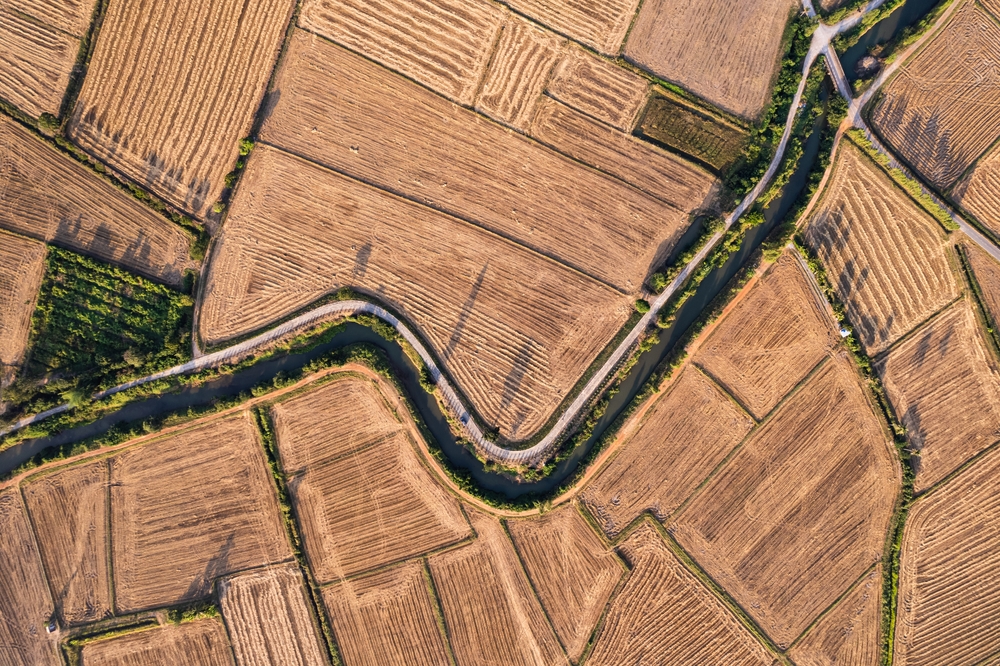A new study estimates that water scarcity will worsen in more than 80 percent of croplands by 2050.

Across the globe, reports of debilitating droughts are reaching all-time highs and the demand for water is ever-growing. What does that mean for the agriculture industry, the largest user of the global water supply?
According to a new study published in the American Geophysical Union journal Earth’s Future, it means a major increase in water scarcity problems. Researchers predict that, by 2050, agricultural water scarcity across the world’s croplands will increase by more than 80 percent.
Researchers predict that shifting precipitation patterns and evaporation due to rising temperatures will cause about 16 percent of global croplands to experience water scarcity due to changes in available green water—or water within the soil.
The study is unique in that it developed an index that accounts for agriculture’s two main water sources: green water, the portion of rainwater that is available to plants in the soil; and blue water, which is irrigation water taken from rivers, lakes and groundwater. The final prediction is the first comprehensive, worldwide index to look at how climate change will gravely impact the future scarcity of both water sources as opposed to focusing on only one.
RELATED: California’s Water Troubles Mean Restrictions for Farmers
One reason past studies focused solely on blue water is that green water is invisible within the soil, and it cannot be extracted for other uses in the way blue water can. That said, green water is integral to crop growth, and as temperatures change and weather patterns such as rainfall shift, the level of green water available to crops will change as well. Green water availability depends on both rainfall quantities and how much water is lost due to runoff and evaporation. “Farming practices, vegetation covering the area, the type of soil and the slope of the terrain can also have an effect,” the study says.
It’s important to note that changing conditions globally will mean some regions such as Northeast China and the Sahel in Africa are predicted to receive more rain. Regions such as the midwestern US and northwest India, however, are predicted to face reduced precipitation that will likely lead to increases in irrigation to support the intense farming in those areas.
Overall, the study predicts that global agricultural water scarcity will worsen in up to 84 percent of croplands, with a loss of both green water and irrigation water supplies driving water scarcity in about 60 percent of those croplands.
“As the largest user of both blue and green water resources, agricultural production is faced with unprecedented challenges,” said Xingcai Liu, an associate professor at the Institute of Geographic Sciences and Natural Resources Research of the Chinese Academy of Sciences and lead author of the study.
The purpose of the new index is to help countries assess the threat and cause of the scarcity and develop strategies to deal with future drought.
Liu suggests infrastructure changes to mitigate the scarcity. “Longer term, improving irrigation infrastructure, for example in Africa, and irrigation efficiency would be effective ways to mitigate the effects of future climate change in the context of growing food demand.”
Hi
I just joined the Harvest Harmonics teams. This company has a tool the will help with the water shortage, and other farm needs, including the escalation of fertilizer costs and government interference with the farmer’s life and way of living. This tool, as far as water is concerned, reduces the need for any plant for water as the plants simply require less with its use.